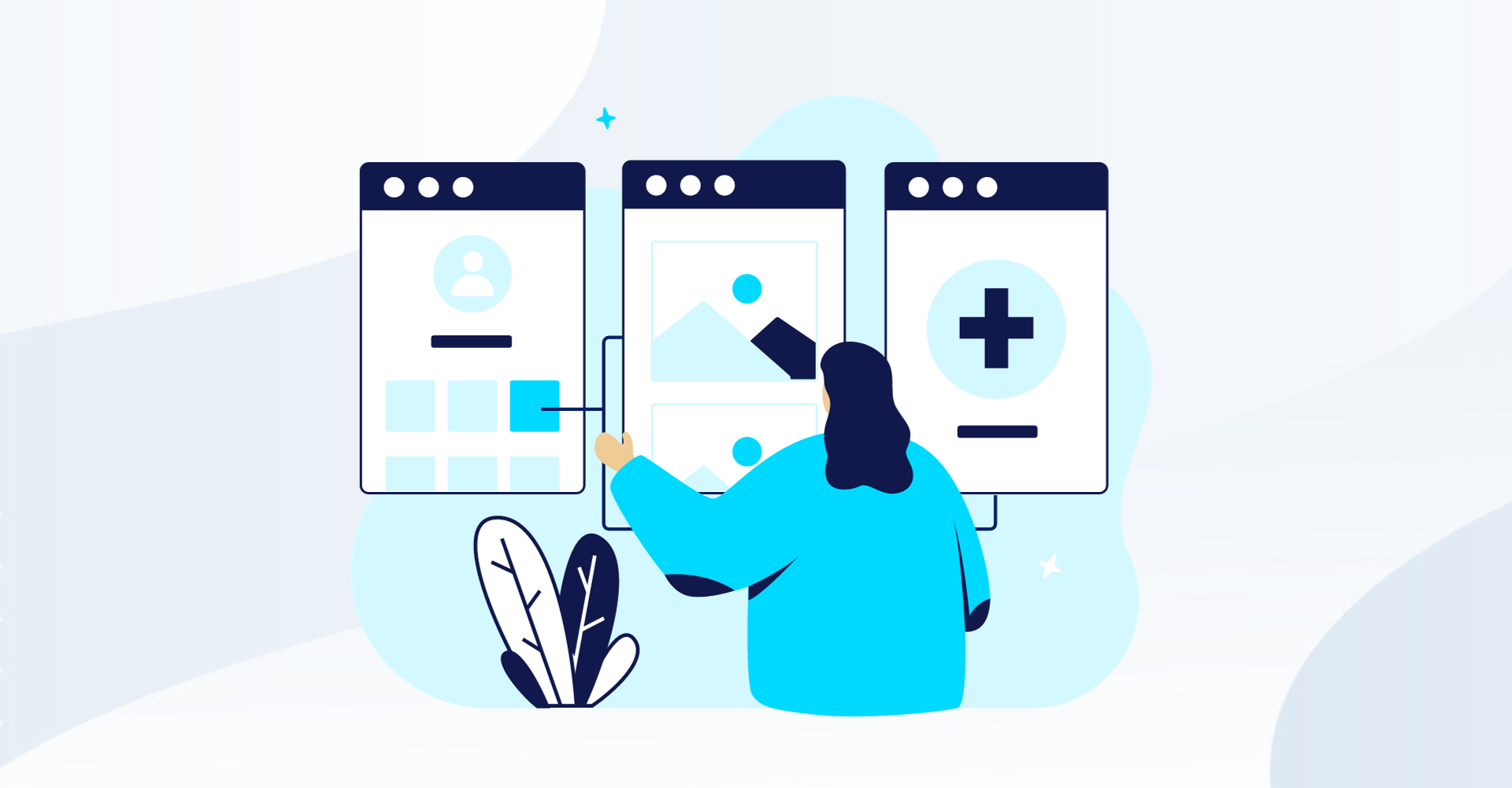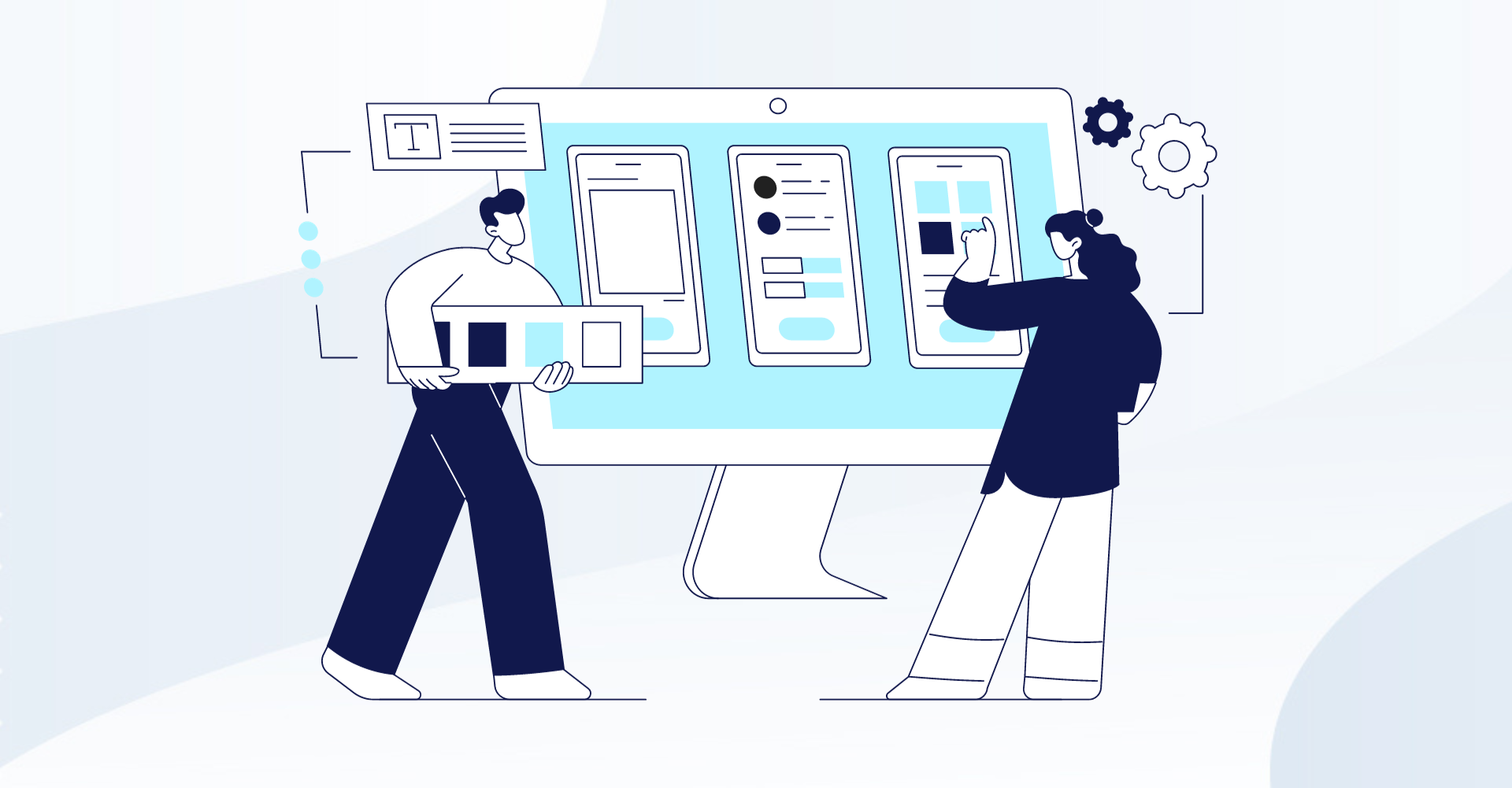In the dynamic landscape of modern software development, creating inclusive and accessible applications is no longer a choice but a responsibility. As technology continues to evolve, the need for software that accommodates users of all abilities becomes increasingly paramount. In this era of digital innovation, the focus on accessibility is not just a legal requirement but a moral imperative for custom software development companies.
The flexibility inherent in custom development empowers businesses to address accessibility challenges proactively, creating digital solutions that not only comply with adherance standards but also embody a commitment to ethical and user-centric design.
Why Accessibility and Inclusion Matter

The success of a digitization offering by a business enterpirse is no longer solely measured by the functionality and aesthetics of its applications but by its commitment to inclusivity. Prioritizing accessibility is a strategic decision that not only aligns with legal requirements but also fosters goodwill and trust among users. Let’s delve into the details.
Diversity of Users: Modern users come from diverse backgrounds and possess a wide range of abilities. Accessibility ensures that your custom software can be utilized by everyone, regardless of age, physical abilities, or technological proficiency.
Legal and Ethical Obligations: Several countries have implemented accessibility standards, making it a legal requirement for software applications to be inclusive. Beyond legal compliance, addressing accessibility issues is a demonstration of ethical commitment to users with disabilities.
Enhanced User Experience: Prioritizing accessibility contributes to an enhanced user experience for everyone. Designing with inclusivity in mind leads to intuitive interfaces, streamlined navigation, and improved overall usability.
Bridging Abilities: Crafting Custom Solutions for Inclusive Enterprises

In an era of rapid technological evolution, the imperative to create software that accommodates users of all abilities has become more critical than ever. A custom-built solution for enterprises must be designed with a profound understanding of the diverse spectrum of user abilities, ensuring inclusivity at every level. Here's a glimpse into the kinds of users that such a solution should cater to:
Visual Impairments: Custom software should incorporate features such as screen readers, voice commands, and high-contrast interfaces to empower users with visual impairments. This ensures that information is conveyed effectively, and interactive elements are accessible through non-visual means.
Motor Disabilities: For users with motor disabilities, custom solutions should support alternative input methods, such as voice commands, keyboard shortcuts, or adaptive devices. Intuitive navigation and customizable interfaces can enhance usability for those with limited dexterity.
Cognitive Variances: Enterprises must consider users with cognitive differences by implementing features like simplified interfaces, clear navigation pathways, and customizable settings. Providing options for text-to-speech and visual cues can assist users with cognitive challenges in comprehending and interacting with the software.
Hearing Impairments: Custom-built solutions should prioritize inclusivity for users with hearing impairments by offering closed captioning, visual alerts, and alternative communication methods. This ensures that information is conveyed effectively without relying solely on auditory cues.
Language Diversity: Enterprises operating on a global scale need to consider users with varying language proficiencies. Custom software can integrate multilingual support, making it accessible to users who speak different languages and ensuring effective communication across linguistic boundaries.
Neurodiversity: Enterprises can foster inclusivity by acknowledging and accommodating neurodivergent users. Custom solutions should allow for personalization, reducing sensory overload and providing options for users with autism or other neurodevelopmental differences to adapt the software environment to their preferences.
Aging Population: Considering the aging workforce, custom-built solutions should embrace user-friendly interfaces with larger fonts, intuitive navigation, and features that accommodate changes in cognitive abilities and sensory perception that may occur with age.
The Role of Custom Software Development

Custom software development for your enterprise plays a pivotal role in championing inclusivity by offering tailored solutions that cater to the diverse needs of every user. Unlike off-the-shelf applications, custom software allows for a deep understanding of specific user requirements, enabling the integration of accessibility features seamlessly into the application's architecture.
Through responsive design principles, custom software can adapt to various devices and assistive technologies, ensuring a consistent and user-friendly experience for individuals with different abilities.
In essence, custom software development serves as the cornerstone for fostering a digital environment where no user is left behind, promoting a future where technology is truly accessible to all.
1. Tailored Solutions: Custom software development allows for the creation of tailored solutions that can be fine-tuned to meet the specific needs of diverse user groups. This flexibility ensures that accessibility features are not just an afterthought but integrated seamlessly into the application's architecture.
2. Responsive Design: Custom software development enables the implementation of responsive design principles. Applications can adapt to various screen sizes, input methods, and providing a seamless experience across different devices.
3. Scalable Solutions: Inclusive custom software is designed to scale. As your user base expands, the software can accommodate a growing range of users, ensuring that accessibility remains a priority as your application evolves.
Conclusion: Building a Better Future for Software Users

As we forge ahead into a digital future, let's ensure that our custom software doesn't just meet the needs of some but caters to the requirements of all. By embracing accessibility, we create a world where technology bridges gaps rather than deepens divides.
Are you ready to make your custom software accessible to all users? Contact us today to discuss how our custom software development services can help you create inclusive applications that empower every user, regardless of their abilities or disabilities.
Let's build a digital future that truly belongs to everyone.






